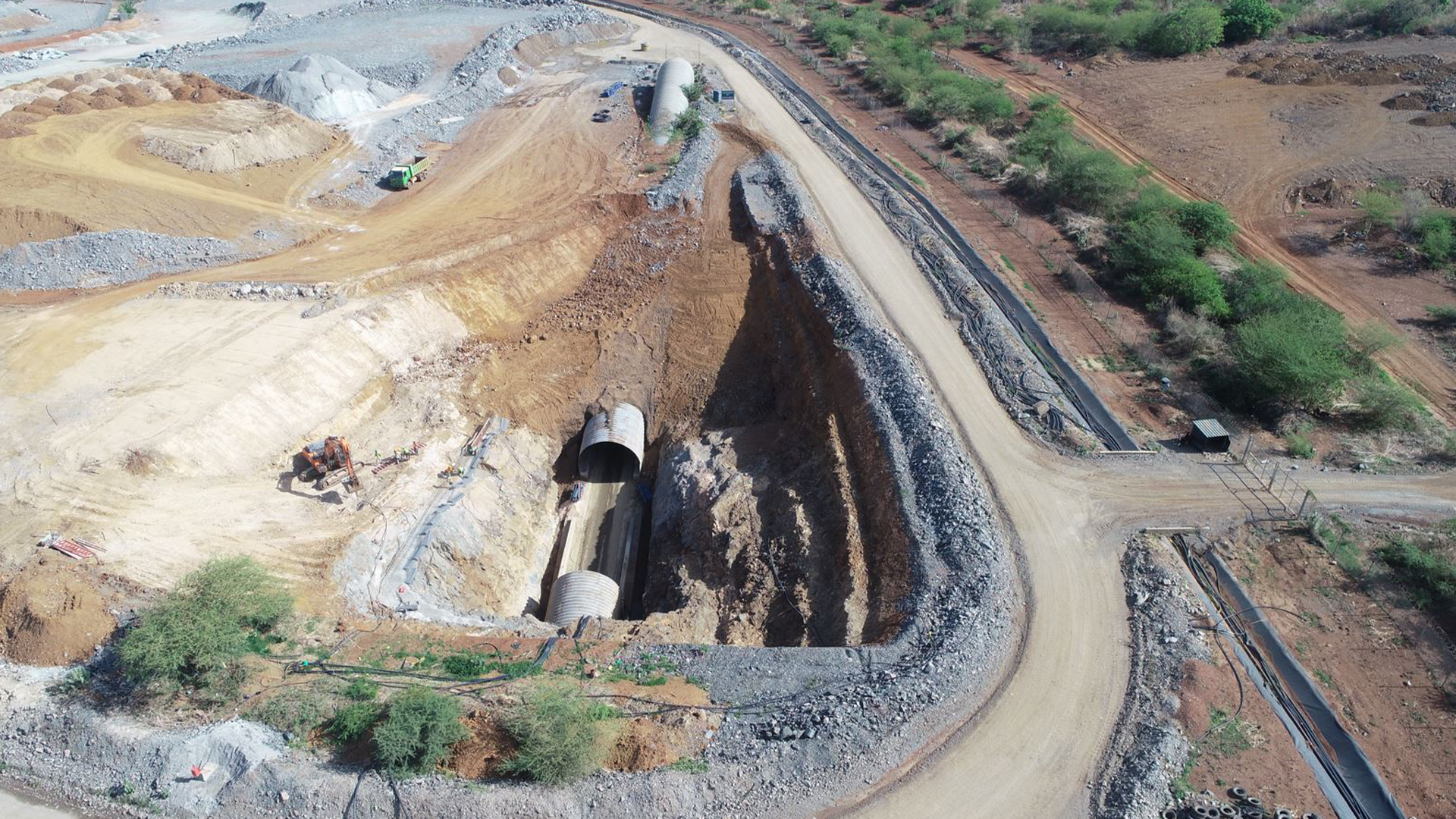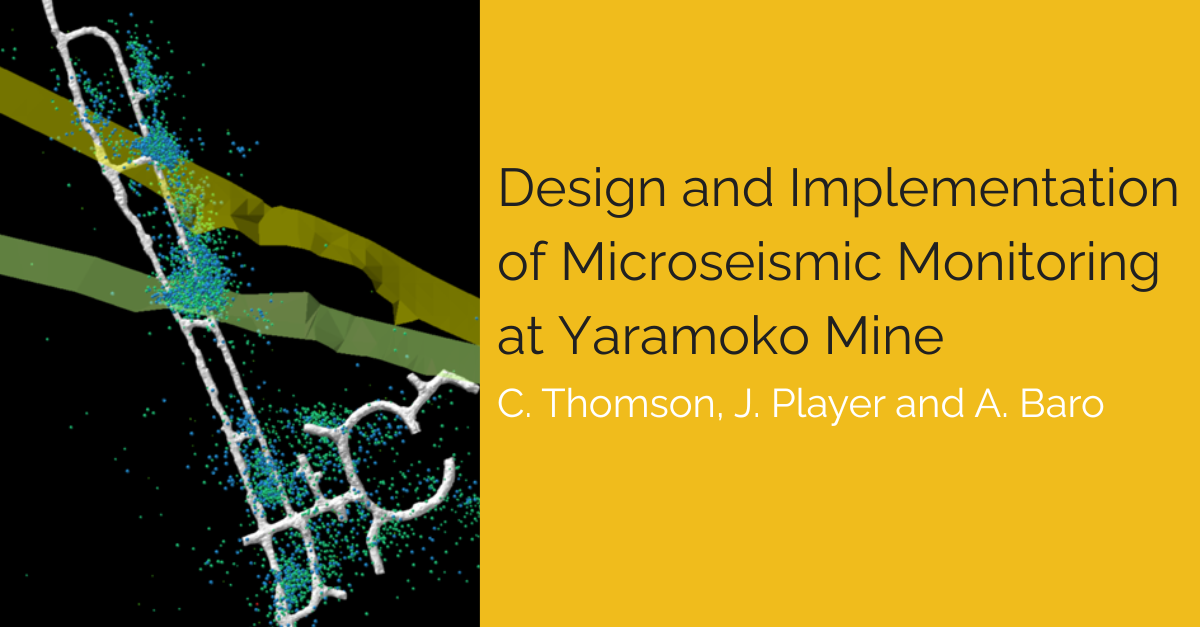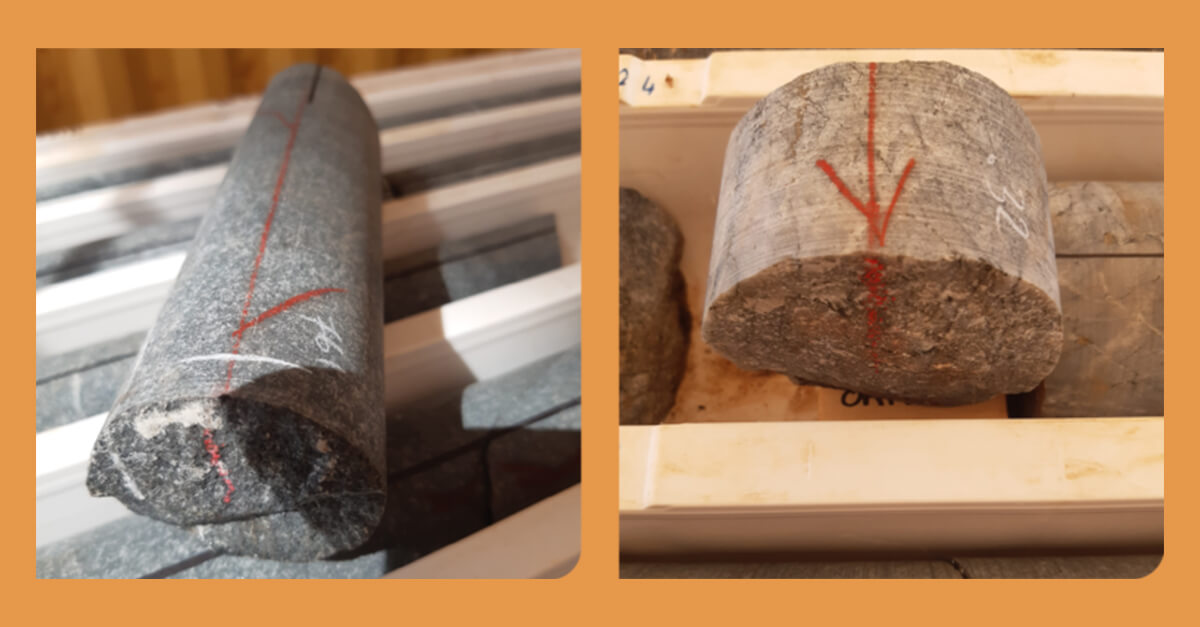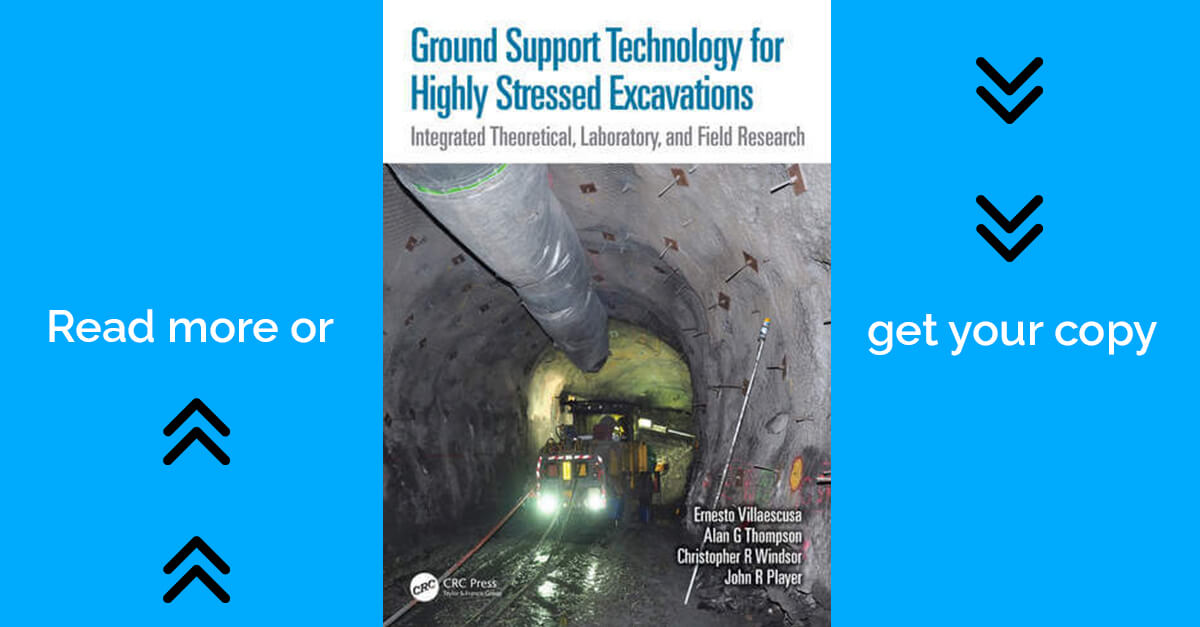
Colin Thomson, Senior Geotechnical Engineer, presented this piece at the AusIMM Underground Operators Conference 2025 in Adelaide. Focussing on the collapse and response of an underground infrastructure at Burkina Faso’s Yaramoko Mine, he covered the collaborative and cost-conscious fix that allowed operations to continue, without a full tunnel replacement.
A structure under pressure
The 144-metre-long corrugated steel tunnel, built in 2015 to access the Z55 decline, was originally chosen for its compact footprint and ability to reduce rainwater ingress during Burkina Faso’s punishing wet season.
“This was a single-access decline. When it went down, the mine went down,” Colin told delegates. “Thankfully, no one was in the tunnel at the time of the failure.”
The collapse occurred near the lower end of the tunnel. Remarkably, the bolts securing adjoining steel plates sheared clean off. While corrosion wasn’t apparent, the damage was extensive.
Forensics in fast-forward
The pressure to resume operations meant the team couldn’t afford a drawn-out forensic investigation. Instead, they adopted a practical lens, informed by onsite inspection and engineering experience.
“The prevailing theory is that backfill material washed out over time, either through small, unsealed seams or from hydraulic action, and formed a void beside the tunnel,” Colin explained. “Eventually, that material forced its way into the structure, popping bolts and displacing the plates.”
No time for a full rebuild
With only two years left in the mine’s projected life, the decision was made: don’t rebuild, just remediate. The damaged tunnel segment was excavated and removed, leaving an open void. Geotechnical risks were reassessed, with a focus on slope stability, rainfall management, and long-term monitoring. What emerged was an elegant mix of low-tech, locally available materials and high-impact design thinking.
A ground-up recovery plan
The remediation strategy began with laying back the steep box cut walls to reduce slope failure risk. Drainage was key: the potential for water inrush, especially during the wet season, was treated as a priority.
To manage surface runoff:
- Diversion walls were constructed to redirect water away from the exposed portal
- Geo-fabric was laid over fill to slow and distribute water flow
- Gabion walls buttressed the exposed fill adjacent to the steel tunnel, reducing sloughing risk
- Clean waste rock was spread above the geo-fabric for added protection and erosion control
Inside the tunnel, fibrecrete was sprayed onto remaining steel sections, stiffening them and reducing risk of progressive failure.
Keeping an eye on It
Long-term success would depend on vigilance. To that end, prisms were installed to monitor deformation around the gabion walls and exposed box cut faces. So far, the results are reassuring.
“We’re seeing only atmospheric variations in the data – nothing of concern,” Colin said. “We’ve adjusted to monthly monitoring, but this ramps up during the rainy season.”
Complementing that system are strategically placed sumps on either side of the portal.
Lessons in resilience
This case is a reminder that even well-intentioned infrastructure can fail if quality control slips, and that smart remediation isn’t always about reinstating the original design.
“Inspection and record keeping were the big lessons here,” said Colin. “There were no logs of bolt torque or compaction records. No one had even inspected the tunnel in years. That’s something every operation can learn from.”
Final word
At Yaramoko, they got a second chance at a safe, sustained production not through reengineering, but by staying calm, thinking critically, and applying geotech fundamentals with purpose.
The MGT Way is engineering advice
grounded in rigorous data analysis, enabling robust design.
Contact Us >
Our Services >
Meet the Team >
Explore Our Projects >




